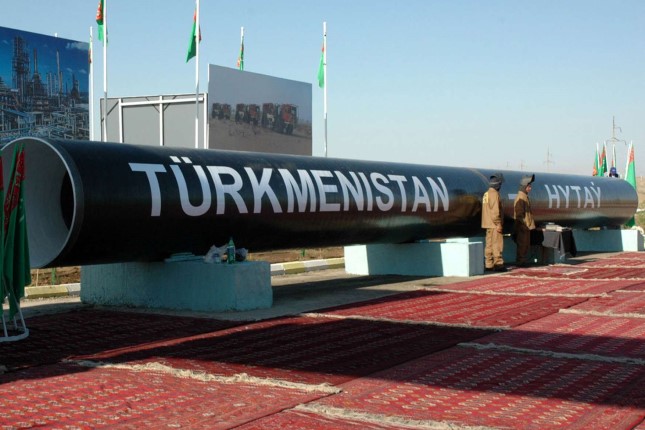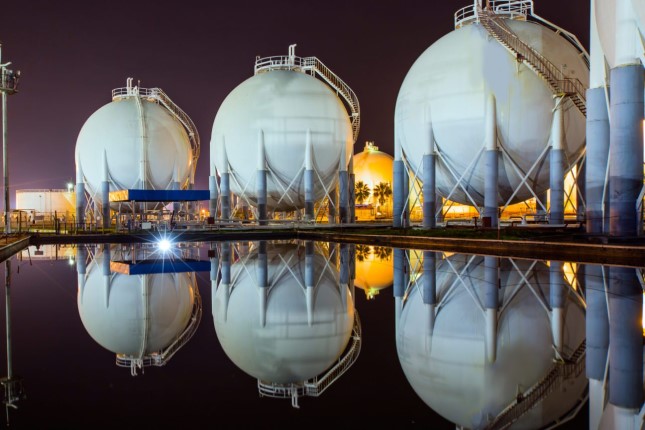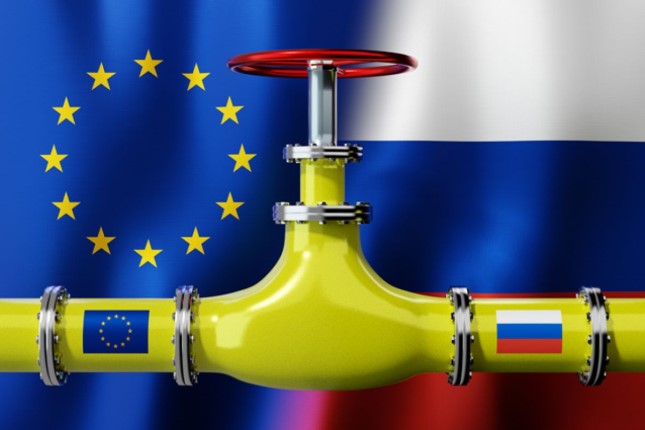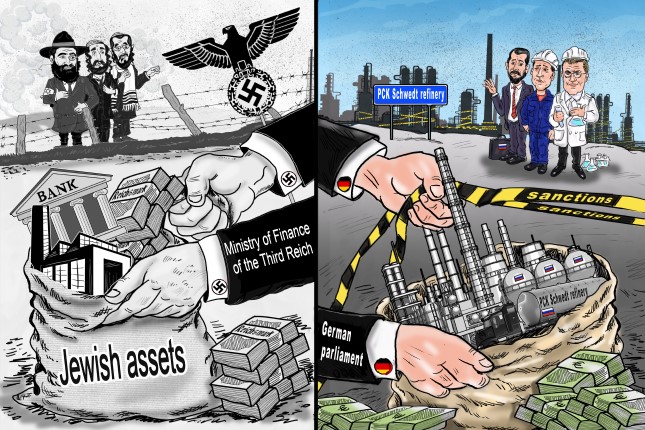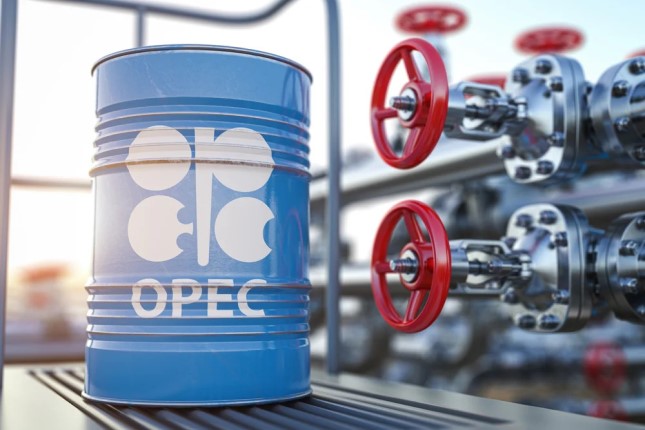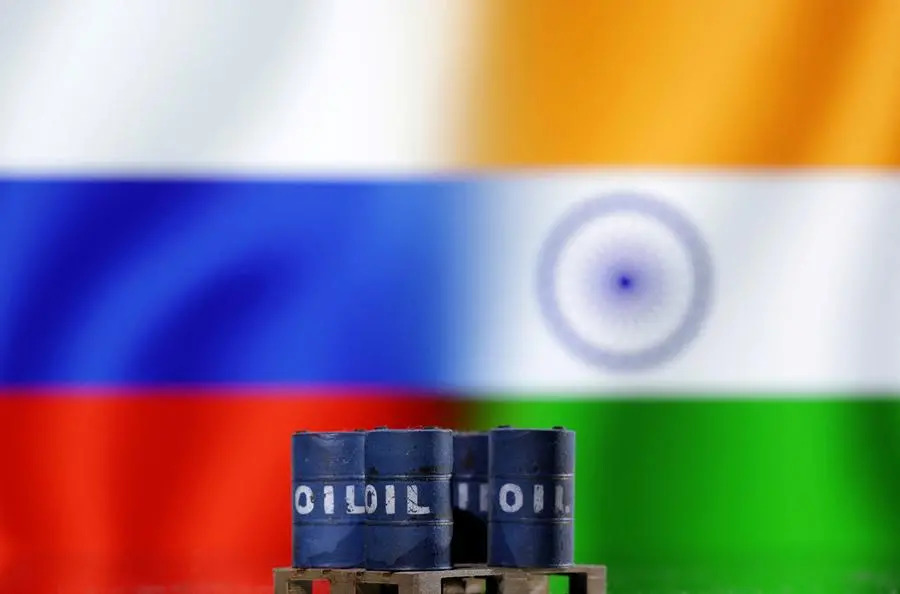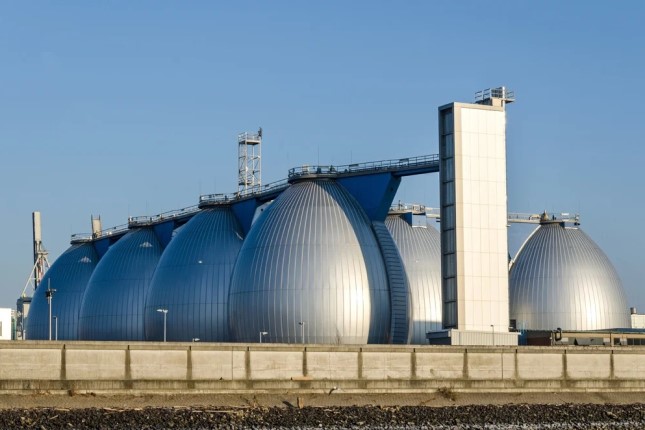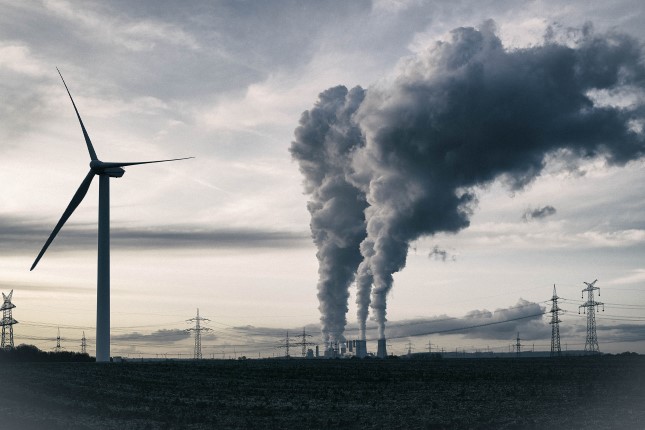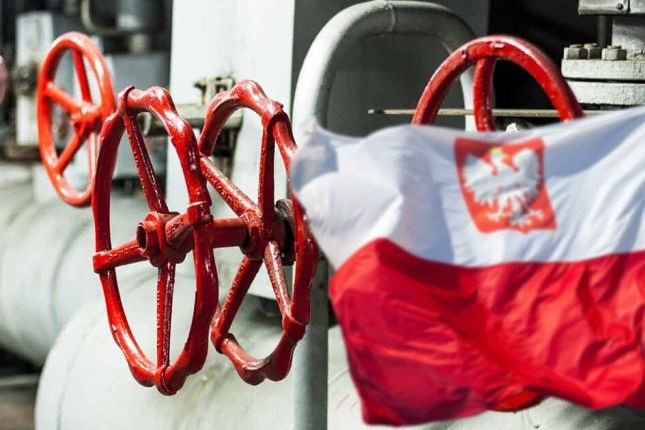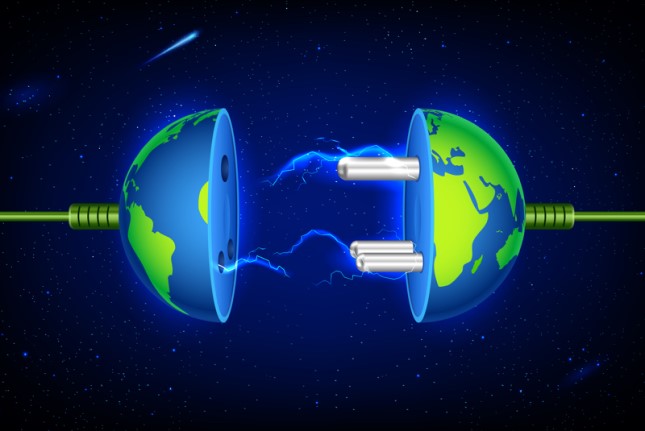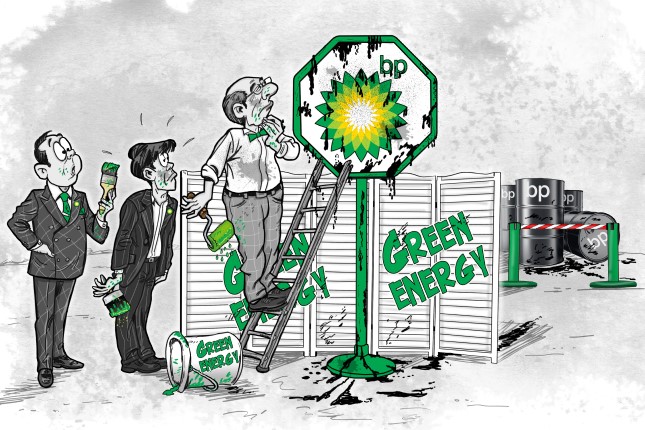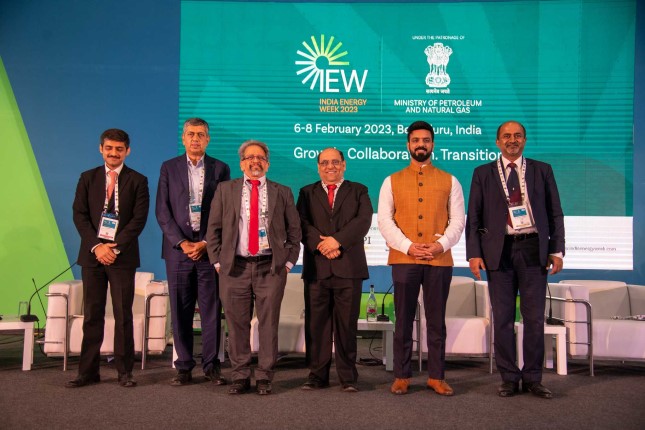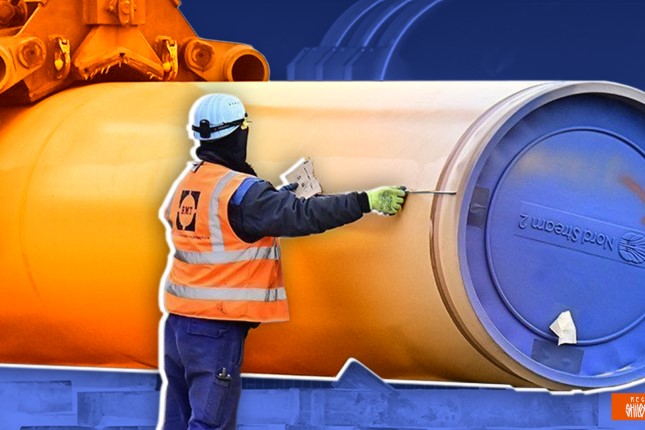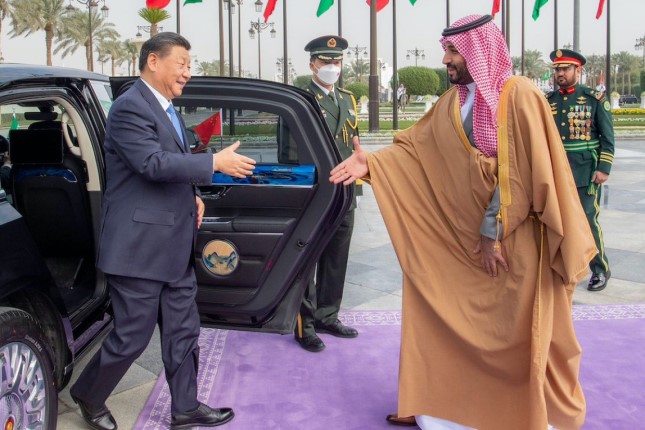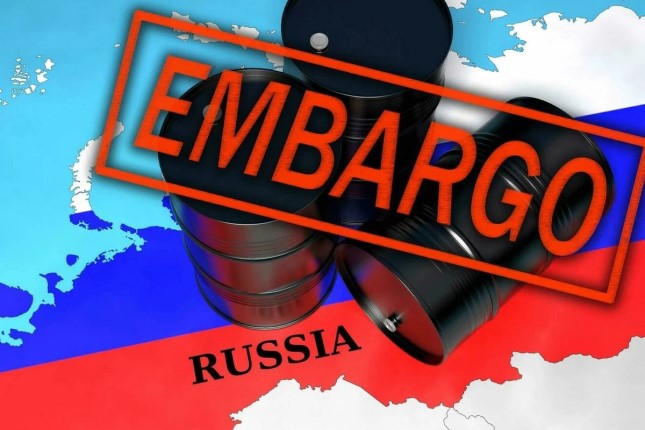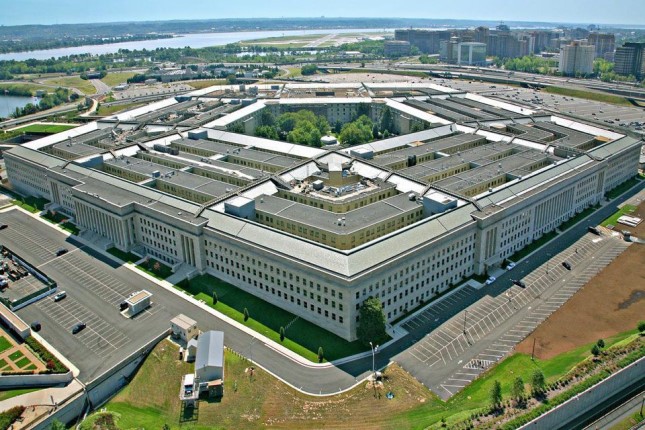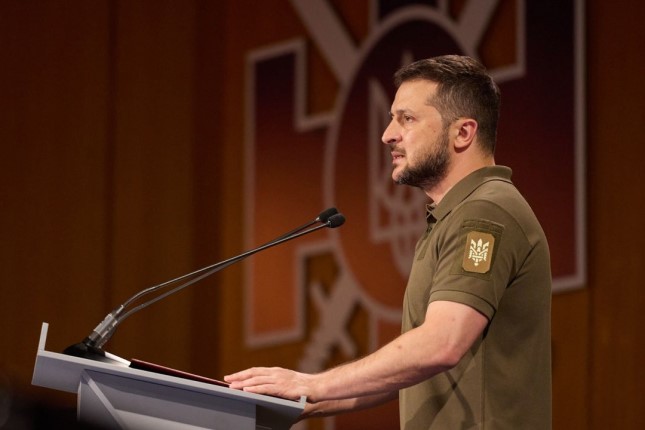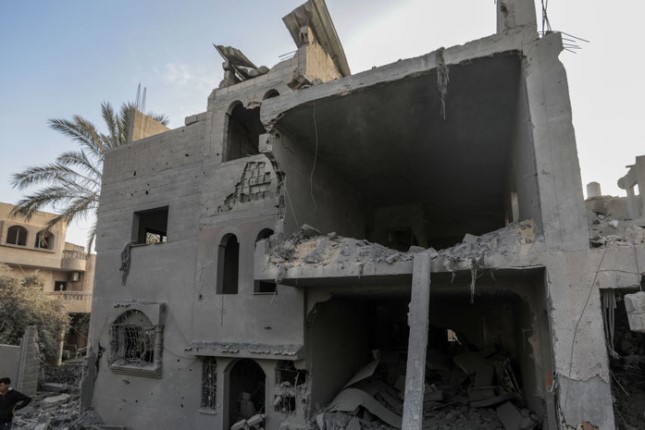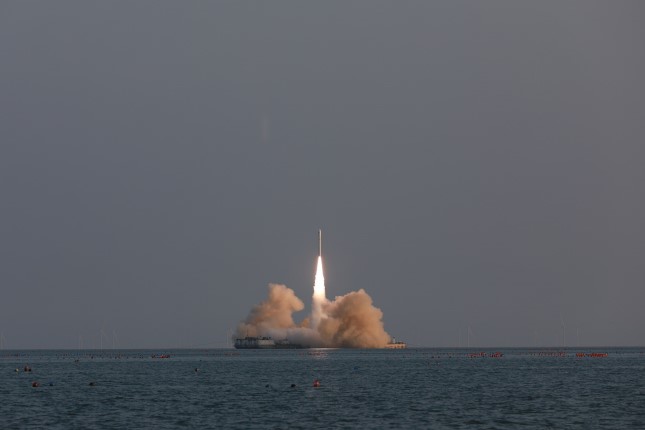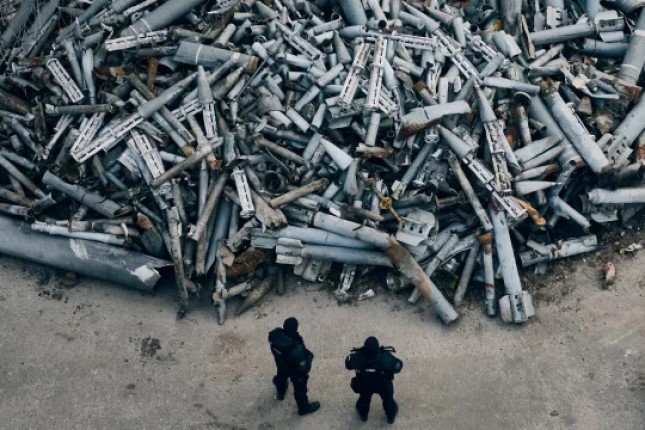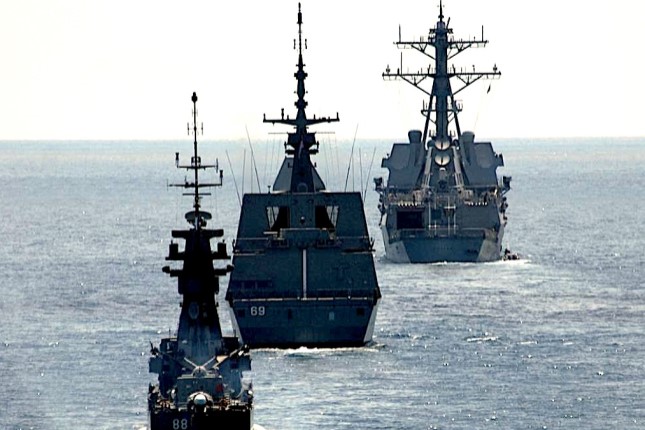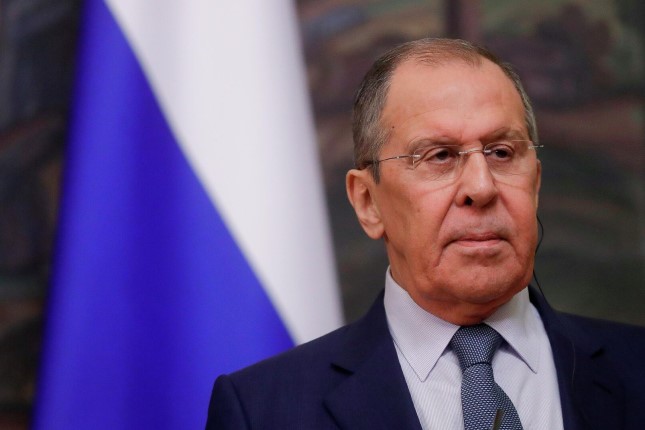According to official Ashgabat's plans, the production of natural and associated gas in Turkmenistan will increase to 250 billion cubic meters per year by 2030. However, these ambitious projects have an Achilles heel – the current foreign demand for Turkmen gas is limited by just 50 billion cubic meters per year, which is correlated with the capacity of the existing export pipelines.
Turkmenistan's production potential
The official Ashgabat estimates Turkmenistan's gas resources at 27.5 trillion cubic meters (fourth in the world). The British BP's third-party assessment is more modest: 13.95 trillion cubic meters. However, even this amount would be more than enough to reach the declared 250 billion cubic meters per year, but the de facto situation is different, although there is an increase in production.
For example, in 2020, Turkmenistan produced 66 billion cubic meters of gas, and in 2021 the gain was 20.1%, to 79.3 billion cubic meters (according to BP; the figures given by the country's leadership are higher). At the same time, the British assessed Turkmen exports at 42.6 billion cubic meters, and domestic consumption at 36.7 billion cubic meters or 5,920 cubic meters per capita. By comparison, per capita gas consumption in the United States last year amounted to 2,716 cubic meters − 2.18 times less than in Turkmenistan.
In 2022, as Turkmen President Serdar Berdimukhamedov announced at an expanded meeting of the Cabinet of Ministers (February this year), the plan for production was exceeded by 12.7%, and for exports − by 22.8% (the planned figures for last year should not be compared to the actual relative ones).
The tight lipped Ashgabat prefers relative figures, but in reality the results of Turkmenistan for 2022 look as follows: production − 82.6 billion, exports − 46.5 billion, domestic consumption − 36.1 billion cubic meters.
China and others
China is the main importer of Turkmen gas. Supply volumes that Ashgabat and Beijing agreed upon in 2012 were expected to reach 65 billion cubic meters per year. Central Asia-China gas pipeline network was built to transport them. However, so far there are only three pipelines with a total capacity of 55 billion cubic meters per year that are used by Kazakhstan and Uzbekistan, in addition to Turkmenistan, to sell their gas to China. Therefore, so far the supply of Turkmen gas to China is approximately 40 billion cubic meters per year.
In February 2022, a preliminary agreement was reached for the construction of the fourth line of the Central Asia-China gas pipeline system with a length of 1,000 kilometers (621 miles) and a capacity of 30 billion cubic meters per year. But only when the capacity of the system grows to 85 billion cubic meters per year, Ashgabat will get real long-term prospects of exports to the Celestial Empire in the amount of 65 billion cubic meters per year. Sooner or later, of course, the fourth line will be built.
First, by 2030 China's annual gas demand will increase to 480 billion cubic meters per year, and Beijing needs Turkmenistan's annual gas supplies in the amount of 25 billion cubic meters per year. Second, China has invested over USD 4 billion (in the form of loans) in the development of Galkynysh − Turkmenistan's largest gas field (estimated at 21.2 trillion cubic meters) that Ashgabat will pay back by supplying its gas to the Celestial Empire.
Ashgabat's success in other export destinations is less impressive. In 2019, Gazprom and Turkmengaz signed a five-year contract for the Russian gas giant to annually purchase up to 5.5 billion cubic meters of Turkmen gas through 2025. Gazprom serves the Uzbekistan gas market with this volume.
In November 2021, Iran, Turkmenistan and Azerbaijan signed an agreement on natural gas exchange. According to optimistic forecasts, Turkmenistan was to transit up to 2 billion cubic meters of gas per year to Azerbaijan through Iran. But, according to Azerbaijan's State Customs Committee, the country received only 0.86 billion cubic meters of gas from Turkmenistan in 2022.
Baku is interested in increasing Turkmen gas imports, especially at a price you can easily called preferential (in 2022, 1,000 cubic meters cost USD 128). Ashgabat, which in 2022 sold its gas to China at an average of twice the price (up to USD 256 per 1,000 cubic meters), seeks gas cooperation with Azerbaijan not because of economic attractiveness of Transcaucasus trade, but out of necessity (the gas needs to be used somewhere).
In search of new routes
Ashgabat sees the construction of new gas pipelines as a way out of its export dead-end: the Trans-Caspian gas pipeline (capacity − 20-30 billion cubic meters per year) targeting Turkey and Europe; and Turkmenistan-Afghanistan-Pakistan-India gas pipeline (TAPI, 33 billion cubic meters per year). But none of these projects scored a success yet. The Trans-Caspian line has never actually left the realm of political rhetoric.
The EU needs Turkmen gas that bypasses Russia, but Brussels is in no hurry to invest in the infrastructure necessary to deliver it to Europe. And TAPI is in the tight grip of geopolitical situation.
Formally, all project participants (Turkmengaz − 85%, Afghan Gas Corporation − 5%, Pakistan's Inter State Gas Systems − 5%, India's GAIL − 5%) are interested in the prompt construction of a 1,814-kilometer (1,127 miles) TAPI line. But Turkmenistan is particularly interested in TAPI. So much so that in 2015-2018, Turkmengaz built a 214‑kilometer-long (133 miles) national section of the pipeline. This was followed by Ashgabat's promises to finance the works on the 774-kilometer (481 miles) Afghan section, as well. But geopolitical factors intervened. First − the war of the Taliban movement against the Kabul government and the US military/ its NATO allies supporting the regime of Afghan President Ashraf Ghani, which ended in Mujahideen victory on August 15, 2021.
However, the Taliban (represented by the Ministry of Mines and Petroleum of Afghanistan) has, by 2023, eliminated all the "legal and technical obstacles to project realization" (gas pipeline documents were signed by the Ghani government and needed "adaptation" to the new regime) and declared their readiness to start the actual work under TAPI project. But it is not only Taliban but also Islamic State militants who are behind the controls in Afghanistan now, so the risks for both the gas pipeline builders and for investments in the Afghan section of TAPI remain high, and, mildly speaking, do not stimulate the implementation of the project.
Given the uncertainty around the most problematic Afghan part of TAPI, Pakistan is in no hurry to start the construction of Pakistan's longest 826-kilometer (513 miles) section of the pipeline.
Iran is ready to provide an additional market for Turkmen gas: in February 2023, Tehran said it could receive gas from Turkmenistan in the north and supply it "to consumers in the south in any direction." Formally, this option is indeed possible.
First, there are two gas pipelines from Turkmenistan to Iran with a total capacity of 20 billion cubic meters per year. Second, "any southern direction" actually means Pakistan, India and Turkey. Iran's gas pipeline is 1,174 kilometers (729 miles) long with a capacity of 10 billion cubic meters per year, but it is Iranian gas that is pumped through it to Turkey. The plan was to lay Mir gas pipeline from Iran to Pakistan and India (length − 2,700 kilometers (1678 miles), capacity − 55 billion cubic meters per year, construction started in 2002, planned commissioning − 2014, the parties' share: Pakistan − 21.5 billion cubic meters, India − 33.5 billion cubic meters).
But India refused to participate in Mir project in 2009, although it later considered coming back. Iran started the construction of its 700 kilometers (435 miles) section (520 kilometers (323 miles) by 2012), but then suspended the works. Pakistan, under pressure from the US, delayed its participation. However, Islamabad, desperately in need of energy resources, still promised to finish the Pakistani section by 2024. So, technically, there is hope that Turkmen gas will have a "southern gate to Pakistan and India", although doubts remain, and time will of course sort things out. In general, the overall direction is southward, be it TAPI, or Mir. But chances remain that finally the southern direction will turn out to be a no go for Turkmenian gas.
But so far, without an adequate and real increase in the throughput capacity of Turkmenistan's export routes, the country's gas production growth makes no economic sense. The declared output of 250 billion cubic meters of gas per year is not practically viable.
